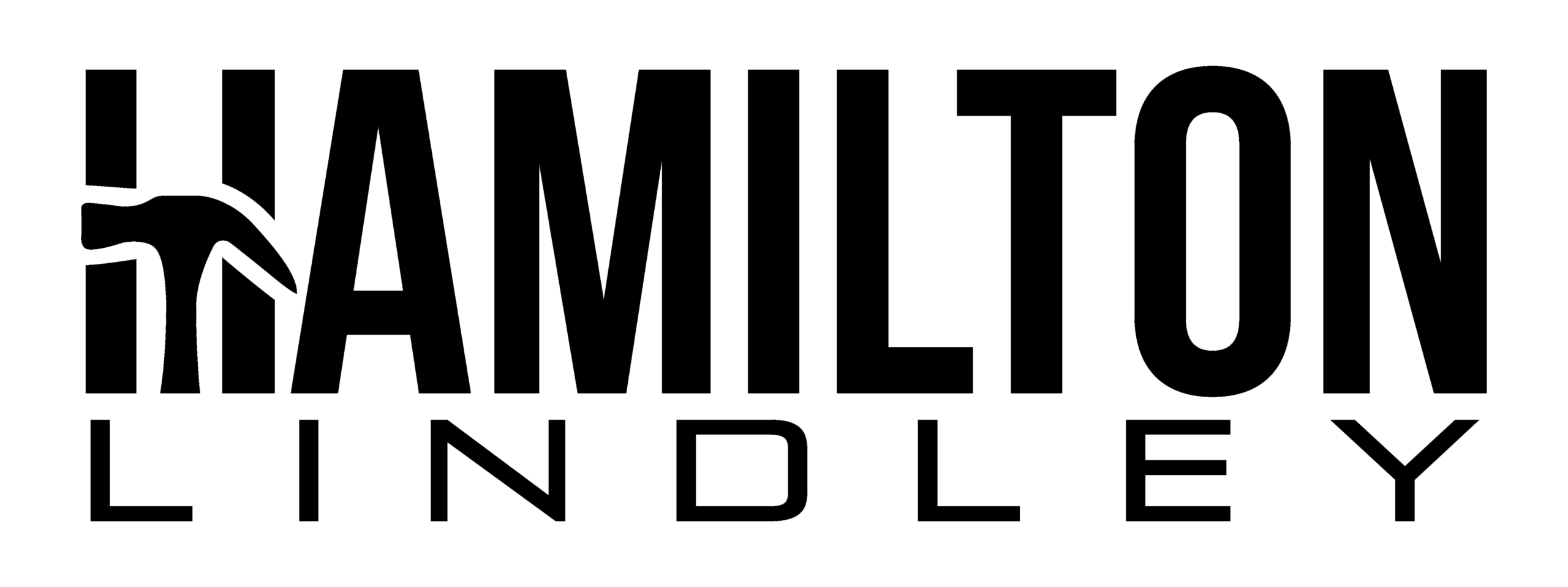In 2018, job postings in the United States for roles in IT, finance, and sales needed about 17 skills on average. By 2019, these roles required 21 skills, including eight that were not needed before. Companies are finding it hard to keep up with these changing skill requirements. This is a big challenge for businesses, especially in the current competition for skilled workers. Instead of struggling to find the right talent, companies should focus on developing the skills they need within their existing workforce.
How can you make sure your employees have the skills your business requires, precisely when you need them? Organizations usually handle employees’ skills in two main ways:
Reactive Approach:
- This is when organizations react to the need for new skills.
- Employees apply only 54% of the new skills they learn after 12 months.
- These organizations are often too slow to provide the necessary skills when employees need them the most.
Predictive Approach:
- Trying to predict future skills is considered worse than reacting.
- Employees apply only 37% of new skills they learn in organizations with a predictive approach.
- Predicting future skills can lead to wasted training or outdated skills.
Studies suggest that a combination of these two approaches, known as the dynamic approach, is the most effective. Employees in organizations using a dynamic skill approach apply 75% of the new skills they learn. This strategy accepts uncertainty and imperfection, allowing HR, managers, and employees to respond quickly to known challenges. Employees appreciate the transparency, enabling them to make informed decisions to stay in their preferred roles.
Identify Changing Skills Needs:
Many companies entrust learning and development to the HR department. However, leaders may not always understand how business goals impact talent. This can lead to identifying the wrong skills gaps or missing important needs. To identify skill gaps accurately, companies should regularly gather input from employees, leaders, and customers.
One company collaborates with a network of skills stakeholders, including partners from each business unit, business executives, and HR professionals. This collaboration helps identify skill gaps. Stakeholders meet regularly to review data on workers’ current abilities compared to talent initiatives designed to meet the company’s skills requirements. This data-driven approach ensures both local and enterprise-wide talent demands are met.
Jumpstart Skills Development:
To address rapidly evolving skills needs, many organizations provide more formal training. While formal training is crucial, it often takes time to create and deliver, and the need may change. Skills accelerators use existing resources to enable upskilling support that meets the company’s needs:
- Identifying skill adjacencies to provide shortcuts to in-demand skills.
- Upskilling a chosen group of employees to train their peers on new skills.
- Using data to personalize learning delivery to moments when skills are needed.
Identifying skill adjacencies allows business leaders to tap into a broader pool of employees. For instance, an organization needing Python skills can consider related skills like Java that people with Python skills often possess. Data-driven decisions ensure timely and relevant learning delivery.
Employees and Leaders Must Share Goals:
Leaders and employees must share evolving skills needs and career goals. This exchange of information empowers both parties to match development plans and pursue mutually beneficial opportunities. Managers who act as “connector managers” are effective at directing employees to the right people and resources at the right time.
Some organizations ask employees to document their skills in a portfolio or profile. Employees track their current skills, knowledge, experiences, career objectives, and growth goals. Leaders use this data to fill important jobs and guide employees to growth opportunities. Employees are more likely to commit to keeping their profiles if they see the link between recording skills information and future career chances.
Conclusion:
As industries, companies, and work standards evolve, the demand for quick reskilling and upskilling will grow. Organizations must rethink conventional solutions to skills shortages. A dynamic skills strategy, instead of predicting future skills or waiting for requests, increases the likelihood of employees applying the skills they acquire in their current jobs.

